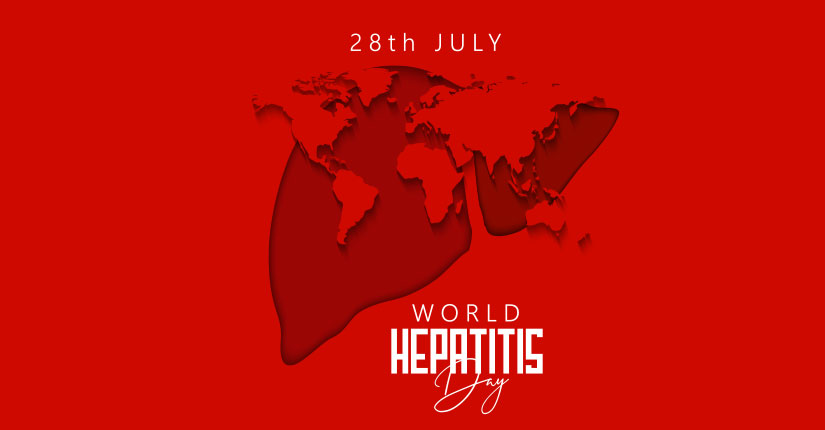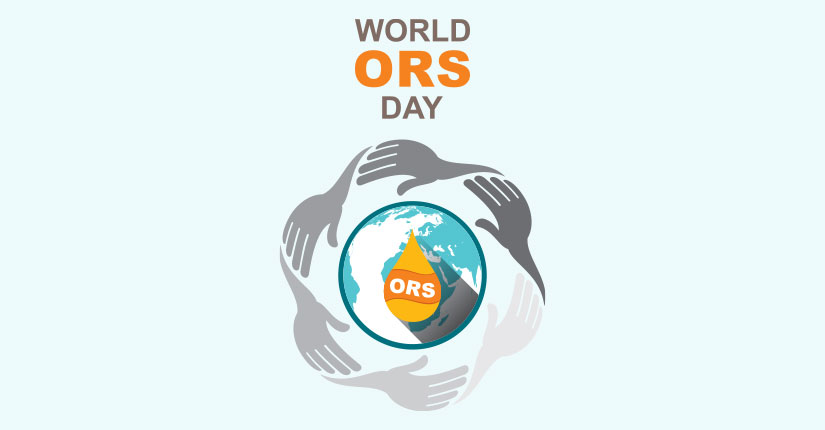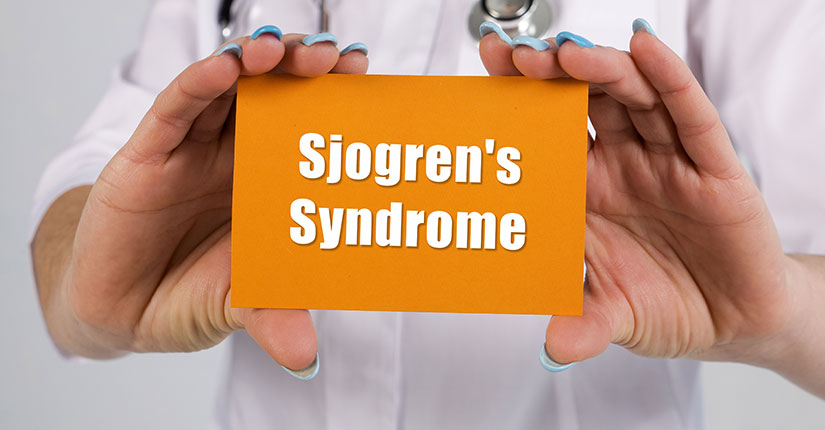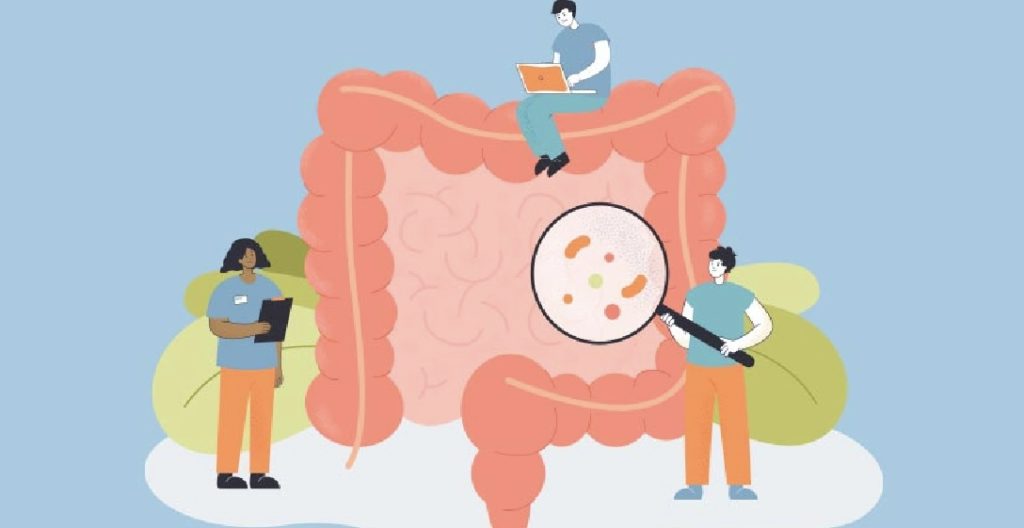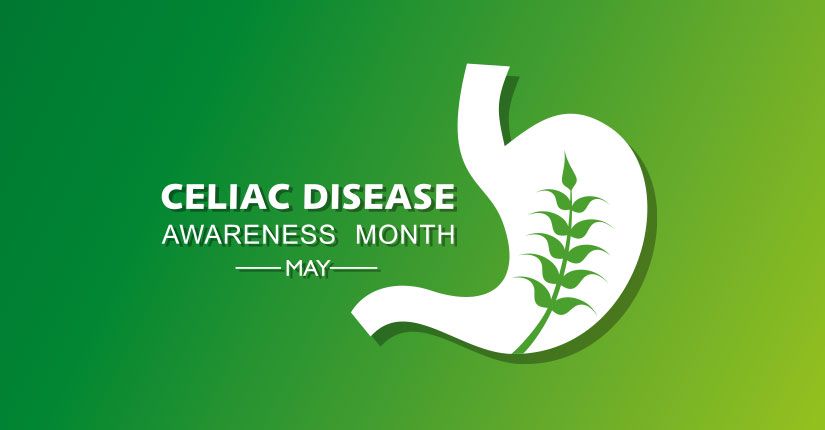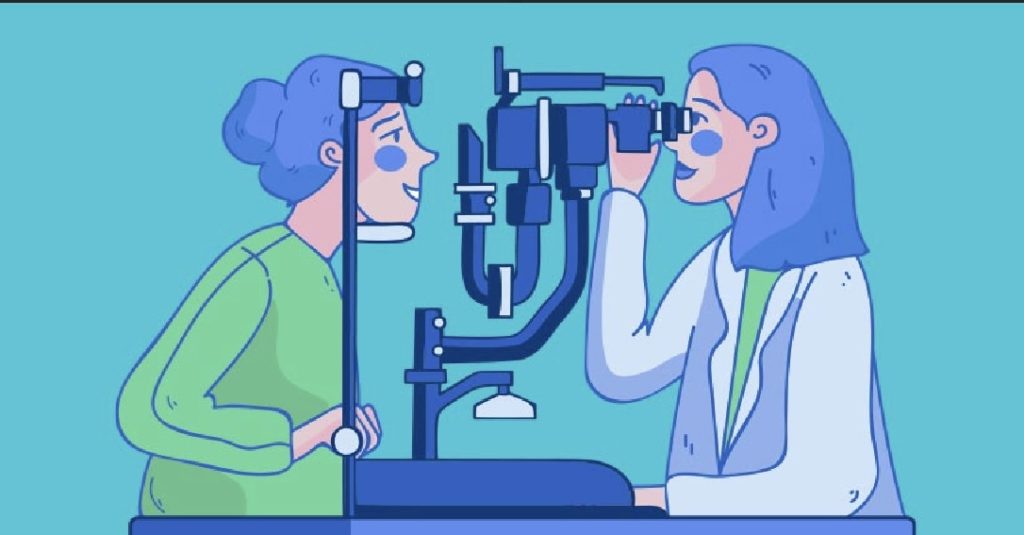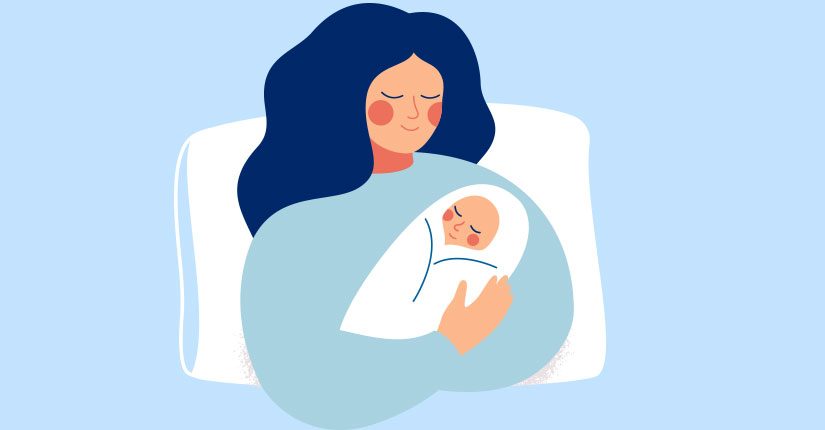Living with Epilepsy
By Nmami Agarwal 11-Mar 2023 Reading Time: 4 Mins

Epilepsy is a neurological disorder which commonly affects both genders of all races, ethnic backgrounds and ages.
What happens during an Epilepsy
During epilepsy, a person has 2 or more seizures 24 hours apart. It can cause changes in behavior, sensations, feelings and level of consciousness. A seizure is an uncontrolled burst of electrical activity in the brain. It can be treated by medication and in some cases by surgery, devices or dietary changes.
Why is Epilepsy a cause for concern? (WHO)
People with epilepsy tend to have more physical problems (such as fractures and bruising from injuries related to seizures), as well as higher rates of psychological conditions, including anxiety and depression. Similarly, the risk of premature death in people with epilepsy is up to three times higher than in the general population, with the highest rates of premature mortality found in low- and middle-income countries and in rural areas.
Management of Epilepsy
Seizures can be controlled. Up to 70% of people living with epilepsy could become seizure free with appropriate use of anti seizure medicines.
Discontinuing anti seizure medicine can be considered after 2 years without seizures and should take into account relevant clinical, social and personal factors.
A documented etiology of the seizure and an abnormal electroencephalography (EEG) pattern are the two most consistent predictors of seizure recurrence.
Ketogenic diet can be recommended for people with epilepsy. Ketogenic diet is a very low carbohydrate, moderate protein and a high fat diet used to treat epilepsy. This diet mimics starvation that leads to ketosis in the body.
The ketogenic diet reduces the amount of glutamate in the brain and enhances the synthesis of GABA, making it less likely for a seizure to occur. The diet can also reduce inflammation in the brain, and inflammation due to infections like meningitis, encephalitis, or autoimmune disorders that can trigger seizures.
Prevention (WHO)
An estimated 25% of epilepsy cases are potentially preventable.
- Preventing head injury, for example by reducing falls, traffic accidents and sports injuries, is the most effective way to prevent post-traumatic epilepsy.
- Adequate perinatal care can reduce new cases of epilepsy caused by birth injury.
- The use of drugs and other methods to lower the body temperature of a feverish child can reduce the chance of febrile seizures.
- The prevention of epilepsy associated with stroke is focused on cardiovascular risk factor reduction, e.g. measures to prevent or control high blood pressure, diabetes and obesity, and the avoidance of tobacco and excessive alcohol use.
- Hygiene – wash and cook the food thoroughly to prevent parasitic infections.
With the guidelines given by WHO and the support of health care professionals and family, it is easy to manage epilepsy. Proper education, removing the stigma surrounding seizures and taking medications as per the advice goes a long way in leading a healthy and a good quality of life.


